With many parts of the country experiencing mild and wet weather recently, it is important for turf professionals of all disciplines to be mindful that disease pressures will be high in the coming months.
Early morning dew creates a warm, moist environment that can facilitate the environmental conditions favourable for an outbreak of certain turf diseases.
Diseases are caused by fungal and bacterial pathogens. These are the most numerous infectious agents of plant diseases. If your grass has visible symptoms, the first step is identification to decide if the problem is a plant disease.
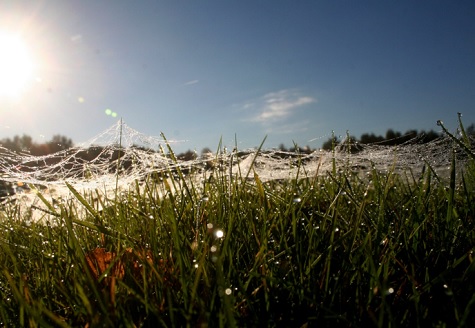
Once you have determined that a real problem exists, and is caused by a living organism, you need to decide what type of organism may be causing the damage. In sports turf situations the problem is generally associated with distorted growth, seedling diseases and leaf symptoms.
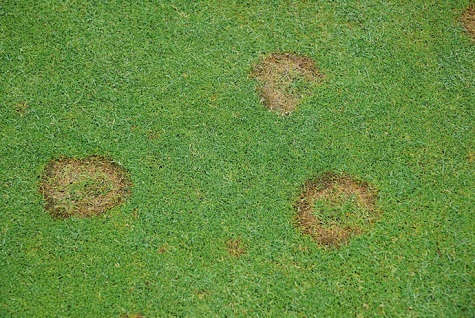
Leaf symptoms are seen in many forms: discolouration (yellowing or shades of green), localised or indistinct patterns, usually indicate a virus; dead areas on leaves can be caused by fungi or bacteria. Necrotic areas caused by fungi may contain hyphae or fruiting bodies, particularly after incubation in a warm, moist environment.
Understanding the specific disease, or the life cycle of the pathogen involved, is necessary to ensure effective controls can be implemented. Three major factors contribute to the development of a plant disease: a susceptible host, a virulent pathogen, and a favourable environment. A plant disease results when these three factors occur simultaneously.
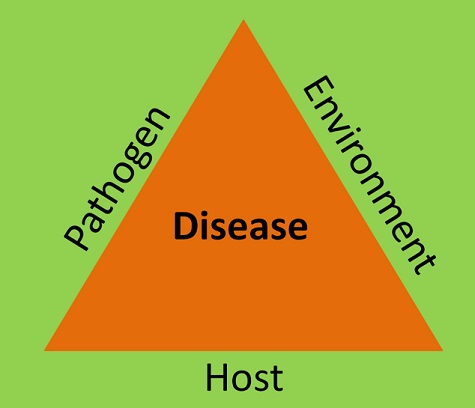
Environmental extremes of temperature, light, or moisture can accentuate many diseases. Cool, moist conditions are ideal for many fungal pathogens. Understanding the disease cycle is important when considering control options. Learning the chain of events that contribute to a disease helps point out the weakest links. Control measures can then be used to break the cycle. Most pathogens must survive an adverse period, usually winter, when they do not actively cause plant diseases.
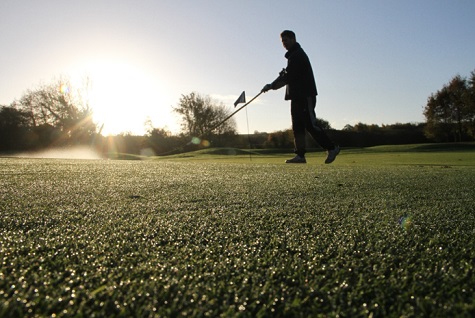
The main management tool for controlling pests and diseases is, by definition, an Integrated Pest Management strategy (IPM) that comprises several tasks and checks providing a comprehensive approach to controlling insects, weeds and pathogens in an economically and environmentally sensitive way, using cultural biological and chemical management tools to reduce the incidence of infection in managed turf. The disease triangle is a concept of plant pathology and is based on the principle that disease is the result of an interaction between a host, a potential pathogen and the environment or weather conditions.
Plant disease is prevented by elimination of any one of these three causal components and of course there are further influences.
Keeping the sward healthy and reducing the conditions that favour disease will be the first priority to keep disease from your turf. The following actions should help you achieve this:
- Carry out programmes of aeration to help keep the surface free draining.
- Inspect and monitor existing surface water drainage systems; ensure that they are working.
- Prevent moist conditions remaining on the surface by brushing/sweeping/switching the playing surface (remove dew).
- Apply a balanced fertiliser to keep the sward healthy. A soil analysis will identify fertiliser requirements.
- Control thatch layers as thatch provides a good environment for the disease outbreaks. Reduce thatch by hollow coring and scarification.
- Reduce the return of clippings. An accumulation of dead matter will increase thatch.
- Maintain Soil pH between 5.8-6.5; do not allow the soil to become alkaline.
- Check mowing heights and keep blades sharp.
- Be vigilant and treat the disease early to prevent severe attacks. Treat with approved fungicides.
- Reduce shade.
On the subject of approved turf fungicides, we still have a few available for use on sports and amenity turf. I read with interest in a recent press release that Syngenta have launched a new complete fungicide package to help reduce the incidence of turf diseases.
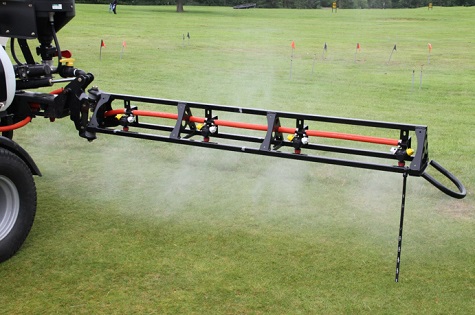
Other products on the market include Maxtima 1L used to control dollar spot and Microdochium patch. We also have HeritageMaxx an acropetal penetrant fungicide for the control of Anthracnose, Brown Patch, Fairy Rings (Type 2), Leaf Spot, Melting Out, Microdochium, Rust and Take-All Patch in managed amenity turf.
Also available is Insignia, a professional use fungicide for the control of red thread, microdochium patch and dollar spot on managed amenity turf.
Before any pesticide product can be used, sold, supplied or stored it must be authorised for use. A full guide on the use of pesticides can be found on this government website.
As mentioned above, by carrying out a robust integrated approach to the maintenance of your turf, it will greatly reduce the incidence of disease outbreaks and quite often lead to reduced use of fungicide treatments. However, while we still have these products available for use, they do provide us with an effective means to control turf diseases.
Finally, as next week it's Easter Bank Holiday Monday, we'll be taking a brief one-week break, and will be back with you on Monday April 8th.